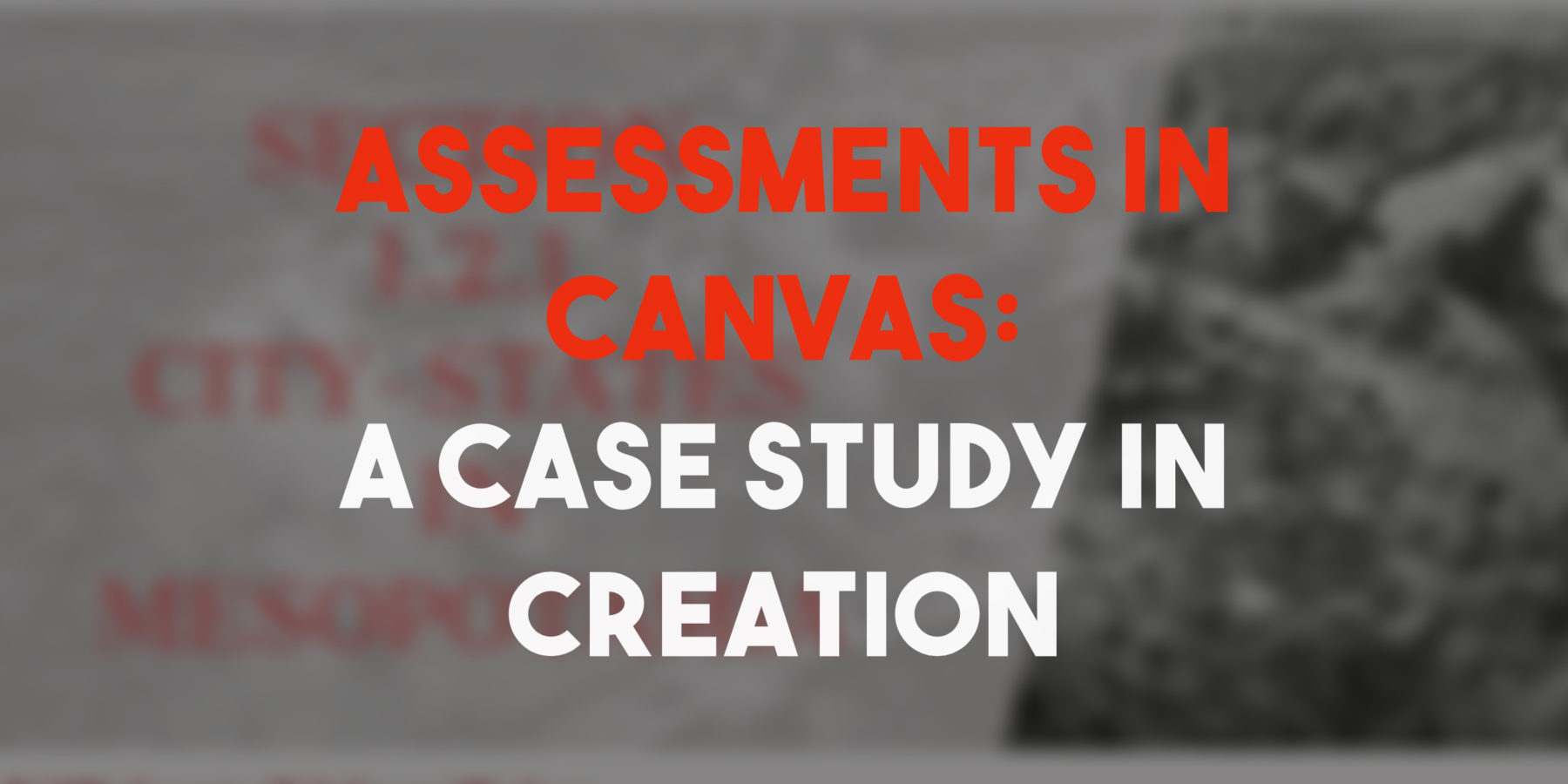ASSESSMENT CREATION AND CANVAS


Designing creative assessments and facilitating critical thinking through choice in the mode and expression of learning is fundamental to my approach in this assessment. I have been developing an assessment checklist to assist in designing learning experiences and assessments that align with these values.
This assignment was designed for AP World History and World History students. By learning about the first law codes of Mesopotamia and reflecting on this learning through creating according to their choice, students of various learning needs and preferences benefit.
Check out this quick video on the assessment and some of my thoughts.
Critical to this assessment is the ability to create and submit through Canvas. The first assessment is a discussion in which students respond to a prompt that calls into question the utility of written law codes. Students are to argue against the claim and discuss why written law codes are not overrated. One nice feature of this discussion is that students will not see other students responses until they respond first. As the teacher, I will engage students in the discussion to prompt deeper thinking and connect various student claims to one another by pointing out various interpretations. In a certain sense, this is a digital socratic discussion in which I will ask leading questions and incite thinking and dialogue. In particular, I am looking for students to make historical claims and cite evidence to back-up their claim. It is these historical claims and their interpretation that will facilitate deeper critical thinking concerning patterns and reasons skills associated with the discipline. This critical thinking is the first item on the Assessment Checklist.
The next part of the assessment focused on a student-choice creation and demonstration of learning. This creation does not take place in Canvas but can be done through various mediums—both low tech and tech. All assignments are submitted through Canvas, however. If a student chose to express themselves through a physical medium, they will document this digitally and submit through Canvas. If digital, Canvas supports almost all file formats for upload. And this choice is central to item five on the Assessment Checklist. Students have a choice both in the act and expression of their learning by choosing the medium and format. Whatever the medium, students are empowered to express themselves in the ways that they choose. Moreover, students are also given choices in how they want to consume the information and learn as well. This choice is central to the learning process and is intended to fulfill the needs and preferences of all students according to Universal Design for Learning principles.
This choice is also important for students’ creativity. Students can be creative and develop and design comics, videos, or skits to fulfill the second item on the checklist concerning creativity. Students also have a choice to express themselves through less creative means by writing a paper or conducting a video analysis. These latter choices aren’t creative and thus do not necessarily fulfill the second item on the checklist, but students have the choice to not be creative in an arts medium. And this is central to the fifth item on the checklist for empowering student voice and choice. Since creativity is important, the role of the teacher would be to slowly encourage integrating creativity and creation into mediums with which the student is comfortable.
The act of design and creation lends itself to self-regulation and reflection on their own work, facilitated by the feedback of the teacher. Item three is intended to encourage quality feedback on the content and process of the student’s work. This can be facilitated through discussion, photos, and questions in the Speedgrader and various communication tools in Canvas. Students and teachers need not wait until the creation is finished and submitted for the student to receive feedback. Check-ins and progress discussions are easy in Canvas. This discussion is vital to helpful formative feedback on the content and process. And this feedback drives students toward self-regulation (item four) by having them evaluate their own progress according to the feedback given by the teacher.
This critical and creative process of design and creation through student choice projects, empowered by meaningful feedback and self regulation is central to student transference into new scenarios and domains of knowledge.
The tools in Canvas serve this purpose well in an online and blended environment.

